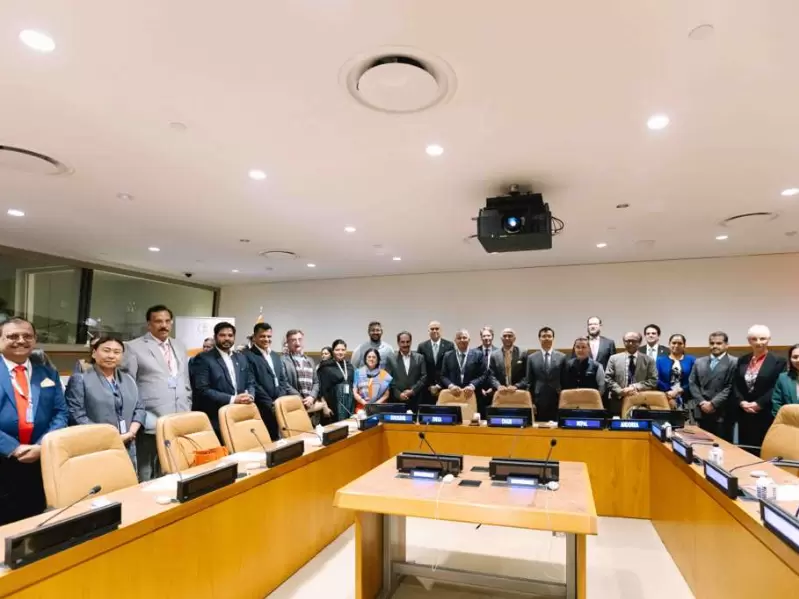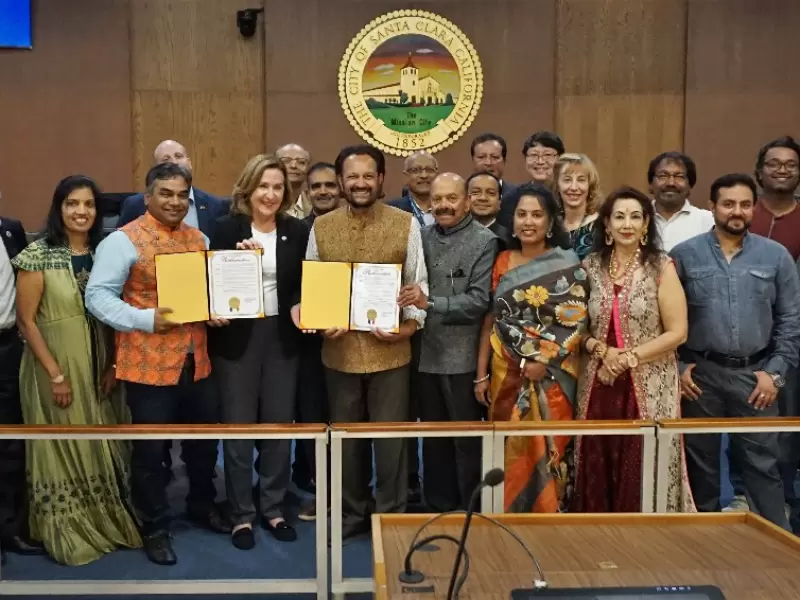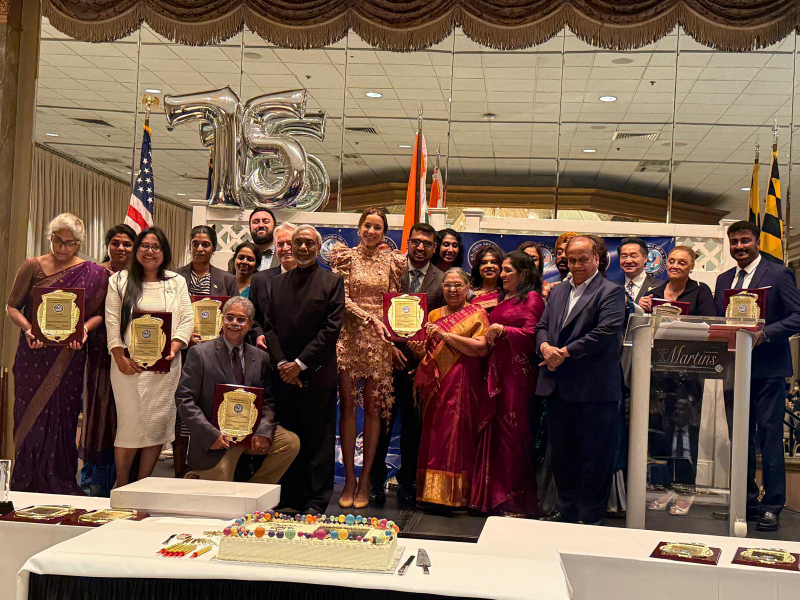Indian-origin scientist likens early solar system to LEGO blocks in Yale study
Research led by Damanveer Singh Grewal finds Earth and other planets formed from recycled fragments.
 Damanveer Singh Grewal. / Yale/Photo by Dan Renzetti
Damanveer Singh Grewal. / Yale/Photo by Dan Renzetti
Indian-origin Yale scientist Damanveer Singh Grewal’s new study has found that Earth and its planetary neighbours were not formed from untouched cosmic material but from recycled fragments of earlier, shattered worlds — making the early solar system resemble “a bin of well-used LEGO blocks".
The research, published in ‘Science Advances' and led by Grewal, an assistant professor of Earth and planetary sciences at Yale University, challenges long-held assumptions about how planets formed. Using computer simulations and data from iron meteorites — remnants of the first planetary cores — Grewal’s team reconstructed the violent events that shaped the solar system more than 4.5 billion years ago.
The simulations showed that within 1 to 2 million years of the solar system’s birth, massive collisions between early planetesimals — the small bodies that later formed planets — repeatedly shattered their metallic cores. Over time, the debris from these collisions coalesced into new bodies, creating planets composed of recycled matter rather than pristine dust.
“Far from being made of pristine material, planets — including Earth — were built from recycled fragments of shattered and rebuilt bodies,” Grewal told Yale. He said this process of destruction and reassembly determined which elements and minerals young planets carried into the next stage of their formation.
ALSO READ: Mumbai-born Yale scientist paves way for room-temperature quantum computing
The study reframes what scientists know about planetary evolution. Instead of gradual and orderly growth, Grewal’s findings suggest a chaotic cycle of “smash-and-rebuild” events that redistributed elements across the solar system. These high-energy impacts likely influenced planetary atmospheres, magnetic fields, and even conditions for habitability.
“This research paints a clearer picture of the violent origins of our solar system,” Grewal said in his statement to Yale.
The study was co-authored by Varun Manilal of Yale, Zhongtian Zhang of Princeton, Thomas Kruijer of the Lawrence Liverrmore National Laboratory, William Bottke of the Southwest Research Institute, and Sarah Stewart of Arizona State University. It was funded by Yale, Arizona State University, and the Lawrence Livermore National Laboratory.
ADVERTISEMENT
ADVERTISEMENT
E Paper
Video



 Pranavi Sharma
Pranavi Sharma













Comments
Start the conversation
Become a member of New India Abroad to start commenting.
Sign Up Now
Already have an account? Login